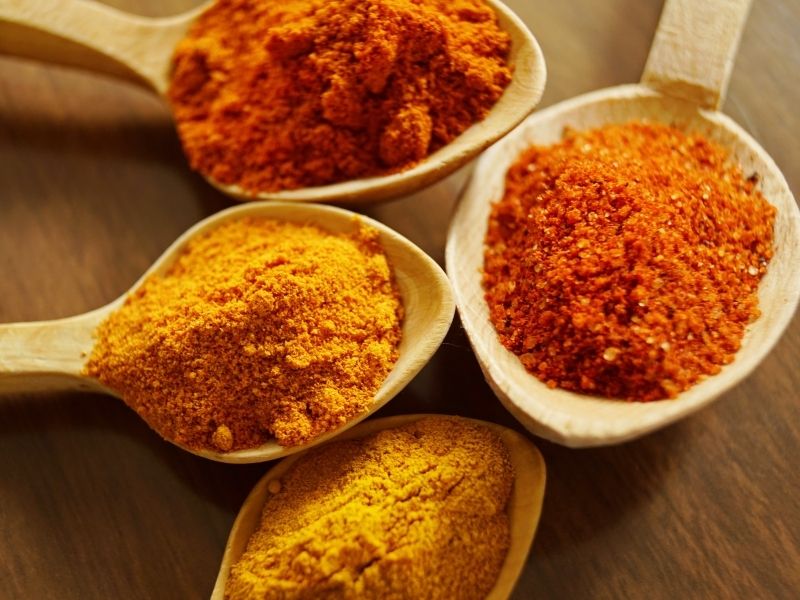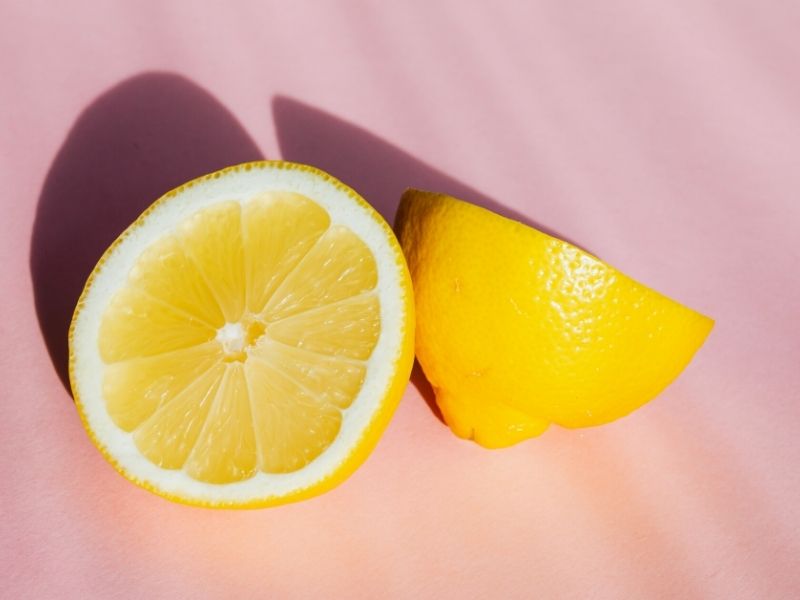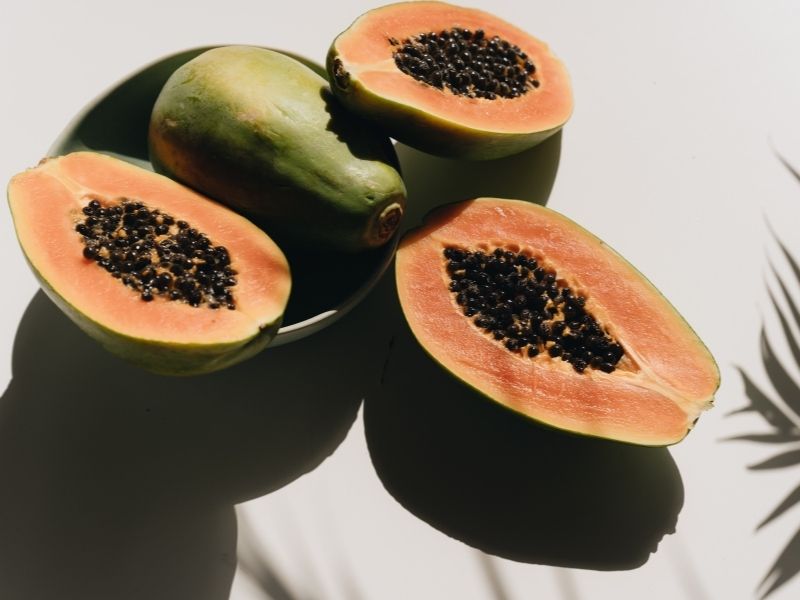There are many reasons why dark spots appear on our skin. For one, it could be the result of hyperpigmentation that occurs when you’ve had too much exposure to the sun. They can also be caused by a variety of other factors. Some of these include acne, hormonal imbalances, ageing, pregnancy, or a reaction to prescription medication. Dark spots begin to form when the skin starts producing more melanin, a pigment that’s responsible for giving us our skin colour. When there’s an excessive amount of melanin in the body, our skin starts to darken, which eventually leads to dark spots.
Occasionally, some cases stem from underlying medical issues, but for the most part, hyperpigmentation is harmless and mostly a cosmetic condition that you could easily treat at home. In fact, you probably have some of those ingredients in your kitchen! If you’ve always wondered how to remove dark spots from your face the natural way, here are six home remedies to try.
How To Remove Dark Spots From Your Face Using Ingredients In Your Kitchen
Apply Turmeric To Even Out Skin Tone

One trusty way on how to remove dark spots from your face is by using a turmeric mask. Turmeric is an age-old skincare ingredient that you’ve probably heard your grandma rave about a hundred times throughout your childhood. And judging from its science-backed benefits, we’d say it’s best to listen to her. Its healing and antioxidant properties are highly beneficial to the skin. Even more so with hyperpigmentation, as it’s said to be able to hinder the skin’s melanin production.
It’s also great for slowing down the ageing process, eliminating bacteria caused by acne, and brightening the complexion. To make your own at-home turmeric mask, combine one tablespoon of organic or raw honey with a pinch of turmeric powder. Gently spread this mask over the dark spots (or all over your face). Leave it on for 20 minutes and then proceed to wash it off. Use twice daily.
Lighten Dark Spots With Lemon Juice

Lemon juice contains natural skin bleaching qualities through its citric acid, which is part of the Alpha Hydroxy Acid (AHA) family. Citric acid chemically exfoliates the face by breaking down the ‘glue’ that holds the dead skin cells together. This makes it a key ingredient for any remedy that shows you how to remove dark spots from your face. Additionally, lemons have a high content of vitamin C, which is another crucial antioxidant to combat pesky hyperpigmentation. It raises your collagen production that prevents premature ageing, keeping your skin firm and plump. Vitamin C also curbs the enzymatic procedure that produces melanin in the skin.
To naturally fade your dark spots at home, gently apply a lemon slice onto the blemished area. Do this every morning and evening for about 10 minutes. If you’ve got sensitive skin, add in one tablespoon of rose water (or plain water) and one tablespoon of lemon juice into a glass bowl. Dip a cotton ball in and lightly dab onto the skin. Then, wash it off with lukewarm water and complete with your go-to serum and moisturiser.
Soothe And Fade Inflamed Scars With Aloe Vera

Being a reliable skincare ingredient, it should come as no surprise that aloe vera is included in this guide on how to remove dark spots from your face. The plant is widely known for its natural soothing properties. Aloe vera has been used to treat wounds, skin and digestive issues, as well as hair loss. It has a healthy chemical make-up consisting of essential minerals, vitamins, enzymes, amino acids, and salicylic acids. More specifically, recent studies have shown that the compounds, aloesin and aloin, have skin-lightening properties that can help fade dark spots.
In this particular study, the effects of certain skin treatments on hyperpigmentation exposed to UV radiation were being looked into. Findings demonstrated that the sub-group who received an aloesin-arbutin skin treatment displayed the most reduction in pigmentation. If you own an aloe vera plant, you can even make your own treatment at home by simply applying its sticky substance to the affected areas. Otherwise, you could opt for a natural aloe vera gel and gently rub the product on for about 30 minutes every morning and evening.
Start Exfoliating With Papaya

Papaya contains protein-consuming enzymes known as papain, which can balance out skin tones and also assist in healing raised scars when applied topically. They dissolve the bonds between cells, which helps in exfoliating the outer layer of your skin. This is especially useful in treating post-inflammatory pigmentation, uneven skin texture, and scarring. Papaya, just like lemons, also has AHAs, which act as a natural exfoliant to peel away the outermost skin layer. This allows newer skin cells—which are more evenly-toned and radiant—to come through.
A simple way on how to remove dark spots from your face using papaya is by making your own DIY mask. Firstly, peel the papaya, remove the seeds, and blend the fruit with a food processor or blender till it becomes paste-like. After that, you can apply the mask on your cleansed skin and leave it on for 20 to 30 minutes once in the morning and just before going to bed. When rinsing off your mask, give your face a gentle massage using circular motions for extra exfoliation.
Use Tomatoes to Undo Photodamage

Tomatoes are packed with lycopene, an antioxidant compound that has been linked with lowered risks of skin cancer and sunburn. How it helps remove dark spots from your face is by blocking free radicals and thus protecting against long-term photodamage. Once consumed, they’re converted into vitamin A, serving as a natural form of retinol. This sheds off the pigmented cells found on the skin’s surface, hindering melanin production from forming deeper inside the skin.
To undo photodamage with tomatoes, squeeze the juice out of one tomato and massage the substance onto your skin. Allow it to rest there to dry for about 15 minutes before rinsing it all off with water. Prefer the feel of a mask? Then puree your fresh, organic tomatoes into a paste and apply on clean skin for around five to 10 minutes. After washing, you can continue with your usual skincare routine.
Lighten With Yoghurt

Wonder how yoghurt helps to remove dark spots from your face? It’s all thanks to its rich lactic acid content! It stimulates collagen renewal and accelerates cell turnover to improve skin discolouration. Lactic acid is one of the gentler chemical exfoliants compared to others that’ll also keep your skin properly hydrated and better moisturised, so your complexion feels less dry. Furthermore, besides reducing dark spots, lactic acid can smoothen out wrinkles and bumpy skin texture, soften fine lines, decrease redness, and improve any pH imbalances.
You can opt to use just yoghurt alone or combine it with other skincare-loving ingredients, such as berries, honey, or a capsule of probiotics. For the latter, mix two tablespoons of yoghurt with two tablespoons of raw honey, a quarter cup of mixed berries (raspberries, blackberries, and blueberries), and one tablespoon of lemon juice. Blend till smooth before adding in five drops of argan oil. Apply the mixture to a dry, clean face, and let it rest for 15 minutes. Tip: Try to choose unflavoured, organic yoghurt to diminish the exposure to processed sugar.
Try These Home Remedies So You Know How To Remove Dark Spots From Your Face

Before proceeding with these natural remedies, make sure to consult with your dermatologist or doctor to confirm that your dark spots are purely cosmetic and aren’t caused by serious medical issues. And because everybody’s skin is different, not every remedy may necessarily yield the same results. So take note of how your complexion reacts to these DIY treatments and to be safe, do a patch test prior. If you notice any irritation, stop the procedure immediately, and move on to another remedy that your skin is responding more positively towards.
In need of a solution to your hair fall issues? Check out our other article on natural home remedies for hair fall.
